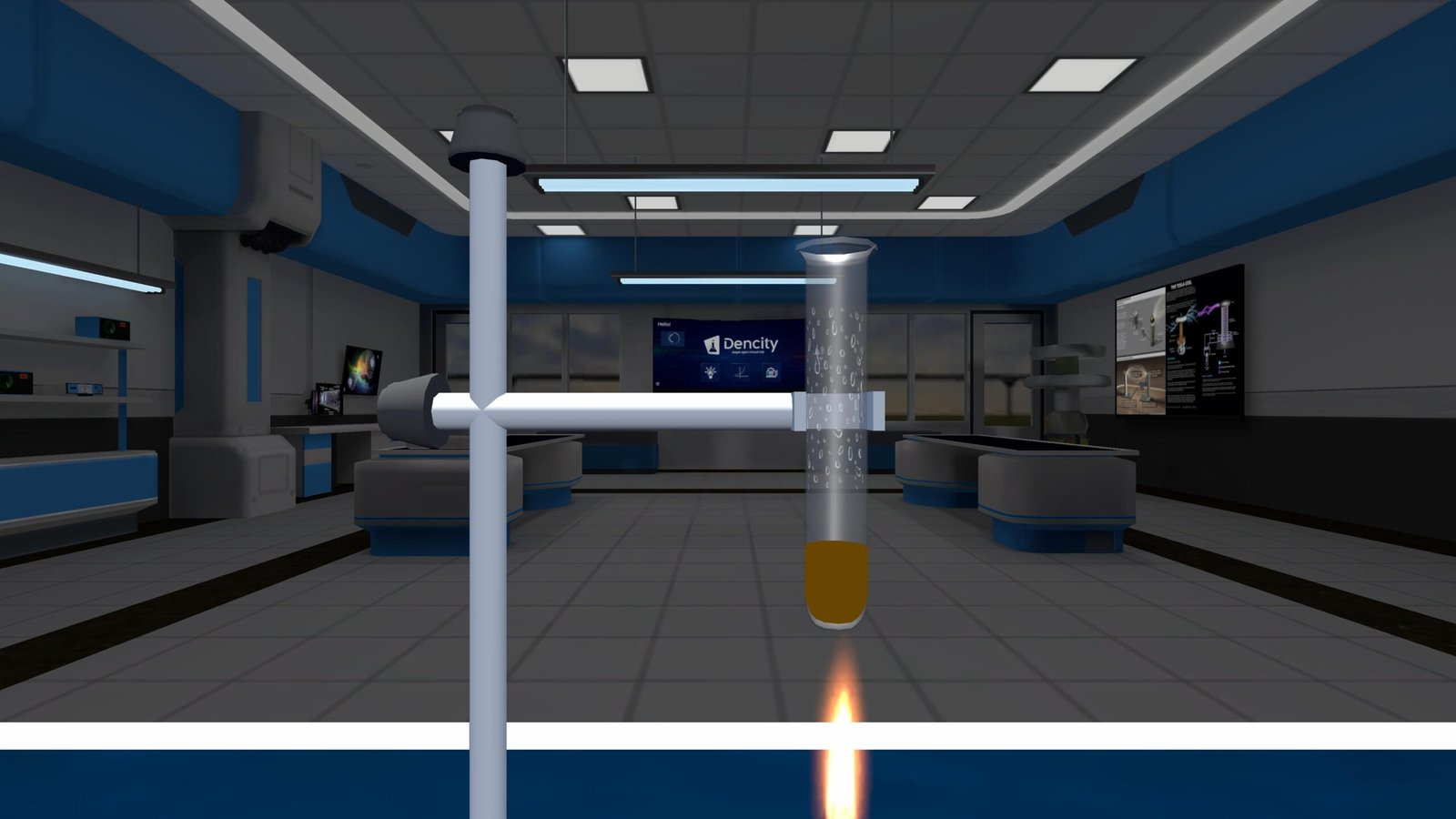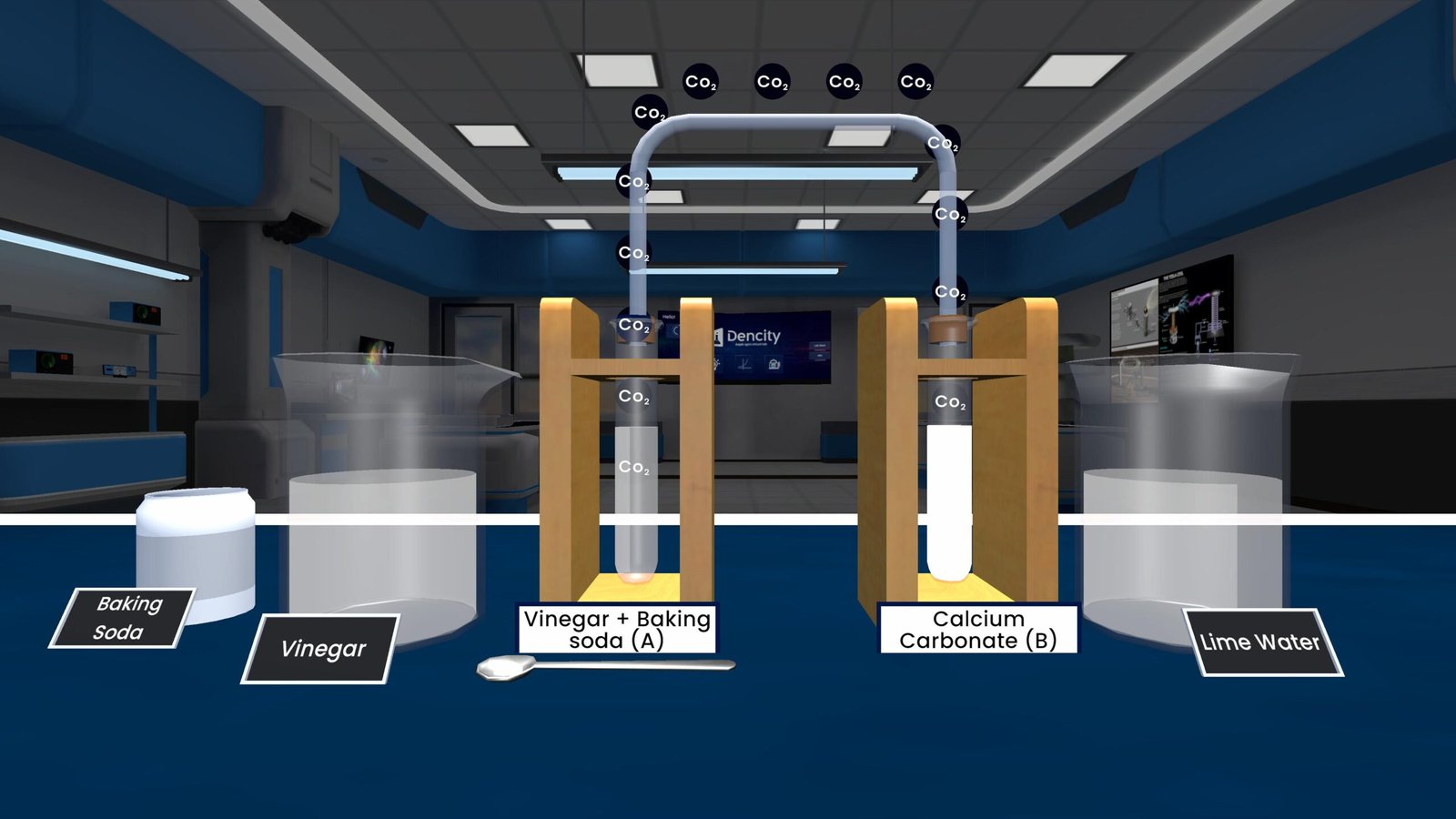Seismograph Experiment – Understanding Earthquake Detection
A Seismograph is a scientific device used to detect and record vibrations that travel through the ground during events like earthquakes, explosions, or even volcanic activity. It’s one of the most essential tools in earth science and helps scientists and engineers monitor Earth’s movements and design safer structures.
How a Seismograph Works
A typical seismograph includes a few simple but powerful components:
- A mass (or weight), suspended in place, usually via a spring or rod.
- A rotating drum, attached to the instrument’s frame, moves with the Earth’s surface.
- A pen, fixed to the mass, touches the drum and draws patterns as the ground moves.
When an earthquake occurs, the Earth moves, causing the frame and drum to shift. However, the mass remains still due to inertia. This creates relative motion between the mass and the frame, and the pen records the vibrations on the rotating drum. The output is a seismogram—a graph showing how strong the vibrations were, how long they lasted, and their frequency.
This allows scientists to measure the earthquake’s magnitude, location, and intensity, making it a critical tool for geologists and disaster response teams.
Real-Life Uses of a Seismograph
- Detecting Earthquakes: Locate the epicenter and calculate earthquake strength.
- Tsunami Alerts: Provide early warnings by spotting initial ground movement.
- Geological Research: Explore the structure and behavior of Earth’s inner layers.
- Structural Safety: Help engineers design earthquake-resistant buildings.
Key Observations
- Stronger tremors cause the pen to make larger waves (higher amplitude).
- Heavy masses in the setup result in more stable and sensitive readings.
- Sudden spikes in the seismogram indicate strong or sudden ground movement.
Summary Table
| Part | Role | Effect |
|---|---|---|
| Mass | Stays still | Helps detect motion |
| Drum | Rotates | Records Earth’s movement |
| Pen | Attached to mass | Draws wave pattern on drum |
| Seismogram | Output graph | Used to analyze earthquakes |
Experience the Seismograph Experiment with Dencity
With the Dencity virtual science lab, you can explore the Seismograph Experiment without needing a physical lab setup. Ideal for class 9 science and above, this interactive experience helps students see exactly how seismic waves are recorded and interpreted.
The Dencity app lets you manipulate variables such as mass weight, drum speed, and seismic strength to understand how each factor influences the seismogram. It’s a fun, safe, and highly educational way to learn about earthquakes, Earth’s inner structure, and real-world engineering.
Available on Android, iOS, and Desktop, Dencity provides a cost-effective alternative to physical labs, especially in schools with limited resources.
Dencity for Teachers
Dencity promotes interactive teaching through:
- Live experiments in virtual classrooms
- Automatic homework assignment and grading
- Hands-on demonstrations for better engagement
- Remote teaching compatibility
- Student performance tracking
Teachers can control experiments in real-time, allow students to take over, and even compare outcomes—making science lessons dynamic and collaborative.
Optimized for Smart Panels
Dencity is fully compatible with interactive touch panels in classrooms. Teachers can run seismograph simulations with a simple touch, enhancing classroom interaction and concept clarity.
Contact Us for Demos or School Plans
If you’re a school, coaching institute, or an educator looking for modern tools, reach out to us for a customized demo or pricing plan. Dencity is here to revolutionize your science education experience.
Frequently Asked Questions
- What is a seismograph used for?
A seismograph is used to record ground movements during earthquakes and other seismic events. - What does a seismogram show?
It shows a wave pattern that helps determine the strength, duration, and type of ground motion. - Why doesn’t the mass move during an earthquake?
Due to inertia, the mass resists sudden movement, allowing the pen to trace motion on the drum. - How accurate are seismographs?
Modern seismographs are highly sensitive and can detect even tiny ground tremors. - Is this experiment suitable for school students?
Yes, it’s ideal for class 9 and above, especially when explained through interactive platforms like Dencity. - Can Dencity simulate real earthquake conditions?
Yes, Dencity offers simulations of various seismic intensities and mass settings. - Does Dencity support remote teaching?
Absolutely. Teachers and students can participate in experiments from different locations in real-time. - Do students need to install anything?
Dencity runs on Android, iOS, and desktops—just download the app or use the web version. - How can this help in disaster management?
Understanding seismograph data helps students and professionals in early warning and building safety planning. - Is training required to use Dencity?
No, it is user-friendly with built-in guides and tutorials.
Discover more at dencityapp.in – The Future of Science Labs, Now in Your Hands.







